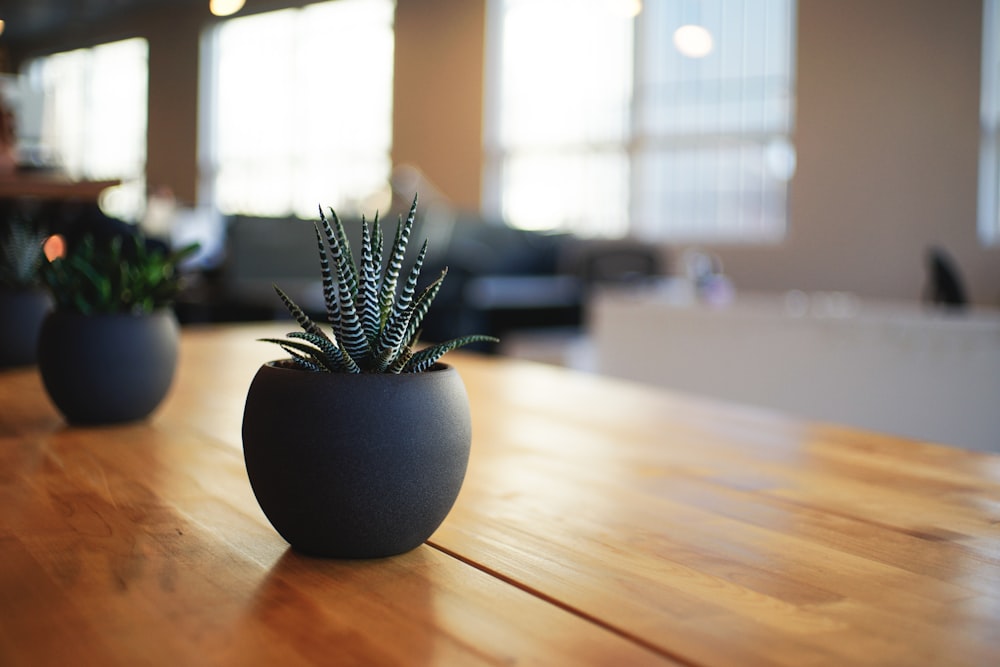
Budget-Friendly Home Decorating Ideas Stylish Solutions
Stylish Solutions: Budget-Friendly Home Decorating Ideas
Embracing Creativity
Decorating your home on a budget doesn’t mean sacrificing style. It’s all about embracing creativity and finding innovative solutions to elevate your space without breaking the bank. With a little ingenuity and resourcefulness, you can transform your home into a stylish sanctuary that reflects your personality and taste.
Repurposing and Upcycling
One of the most cost-effective ways to decorate your home on a budget is to repurpose and upcycle items you already own. Get creative with furniture and decor pieces by giving them a fresh coat of paint, reupholstering old chairs, or repurposing vintage finds into unique statement pieces. Not only does upcycling save money, but it also adds character and charm to your home.
Thrifting and Secondhand Shopping
Thrifting and secondhand shopping are treasure troves for budget-conscious decorators. Explore thrift stores, flea markets, and garage sales to uncover hidden gems at a fraction of the cost. From furniture and artwork to decorative accessories, you never know what unique pieces you’ll find that can add personality and style to your home. Remember to keep an open mind and be patient—the thrill of the hunt is part of the fun!
DIY Projects
DIY projects are another budget-friendly way to add custom touches to your home decor. Whether it’s crafting your own artwork, sewing throw pillows, or building furniture from scratch, DIY projects allow you to personalize your space while saving money. With a plethora of tutorials and inspiration available online, you can tackle projects big and small to transform your home on a budget.
Smart Shopping Strategies
When shopping for home decor on a budget, it’s essential to be strategic with your purchases. Look for sales, discounts, and clearance items to stretch your budget further. Shop off-season for deals on seasonal decor, and consider buying floor models or gently used items for additional savings. Comparison shop online and in-store to find the best prices, and don’t forget to utilize coupons and loyalty programs for additional discounts.
Focus on High-Impact Areas
When decorating on a budget, focus on high-impact areas of your home that will make the most significant difference. Start with the living room, entryway, or main bedroom, where you and your guests spend the most time. Invest in key pieces like a statement rug, stylish curtains, or a new light fixture to instantly refresh the space without breaking the bank. By prioritizing high-impact areas, you can create a cohesive and stylish look throughout your home.
Embrace Minimalism
Minimalism is not only a design aesthetic but also a budget-friendly approach to decorating your home. Embrace a less-is-more mindset by decluttering and paring down your belongings to focus on quality over quantity. Invest in timeless pieces that serve multiple functions and prioritize functionality and versatility in your decor choices. By simplifying your space and eliminating unnecessary clutter, you can create a clean, serene environment that feels both stylish and budget-conscious.
Mix High and Low
Decorating your home on a budget doesn’t mean you have







